Augmented reality marching forward
Occasionally people are questioning those
fancy 3D Vista examples,
or anything beyond today's 2D graphical interfaces will easy man-machine interaction.
And, to be honest, it is not always - or even close to impossible - to predict how
most people will interact with their PCs a decade from now.
Microsoft Research Projects recently presented at the Siggraph conference offer
a peek into such a future, where augmented reality and ubiquitous computing may
change how we think about PCs and computers.
Navigate the webs pictures in 3D
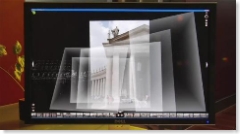 Microsoft
Microsoft
Live Labs Photosynth is a collaboration between the University of Washington
and Microsoft Research. Photosynth analyzes large numbers of photos and arranges
them into a 3D context. Photos of objects, or places. So, for example a collection
of photos of Rome is automatically analyzed and and arranged - similar to "stitching"
software, but this time in 3D space.
Not too far in the future, Photosynth could crawl the entire web, try to find
similarities in pictures, and arrange those pictures into a 3D navigatable structure.
A web based prototype of such a 3D picture browser is planned for later this year.
Watch the videos
what Photosynth does today.
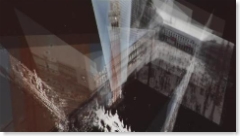
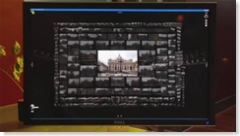
Play Anywhere
Augmented reality will also conquer your desktop. So, better clean up that clobbered
desktop space now.
Andy Wilson of
Microsoft Research has built a prototype of a desktop projector/camera system
that lets you interact with your PC by placing objects on your (real world) desktop,
or simply by hand gestures. No gloves, mice, pens or other pointing devices are
necessary.
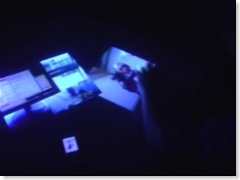
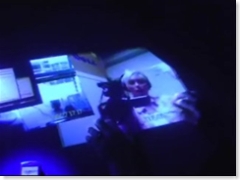
Place a smartphone on the desktop, it will be recognized, pictures extracted
(Bluetooth) and you can instantly manipulate them with your bare hands.
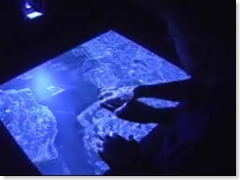
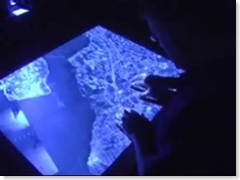
Scroll and zoom the globe (an application using the programmability features
of local.live.com).
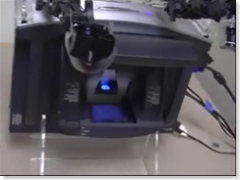
This is how the device looks today. A
video showing this awesome technology
has been published on 10.